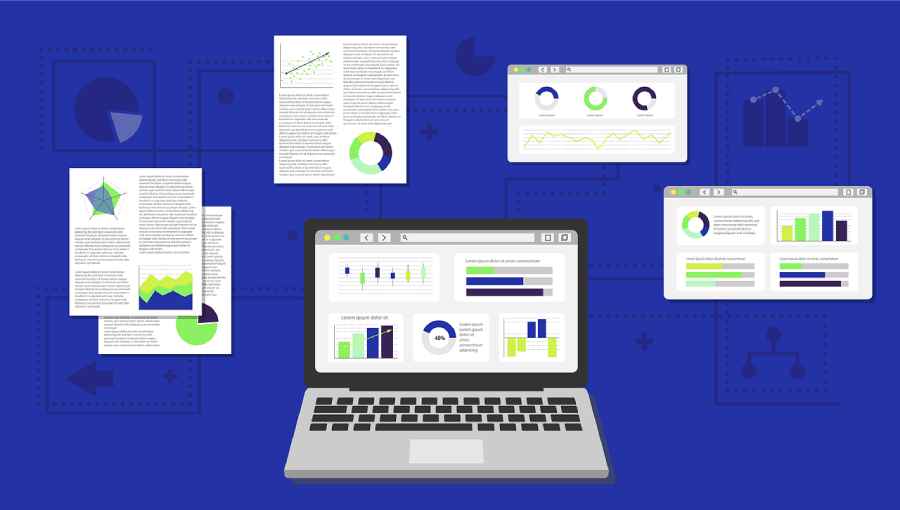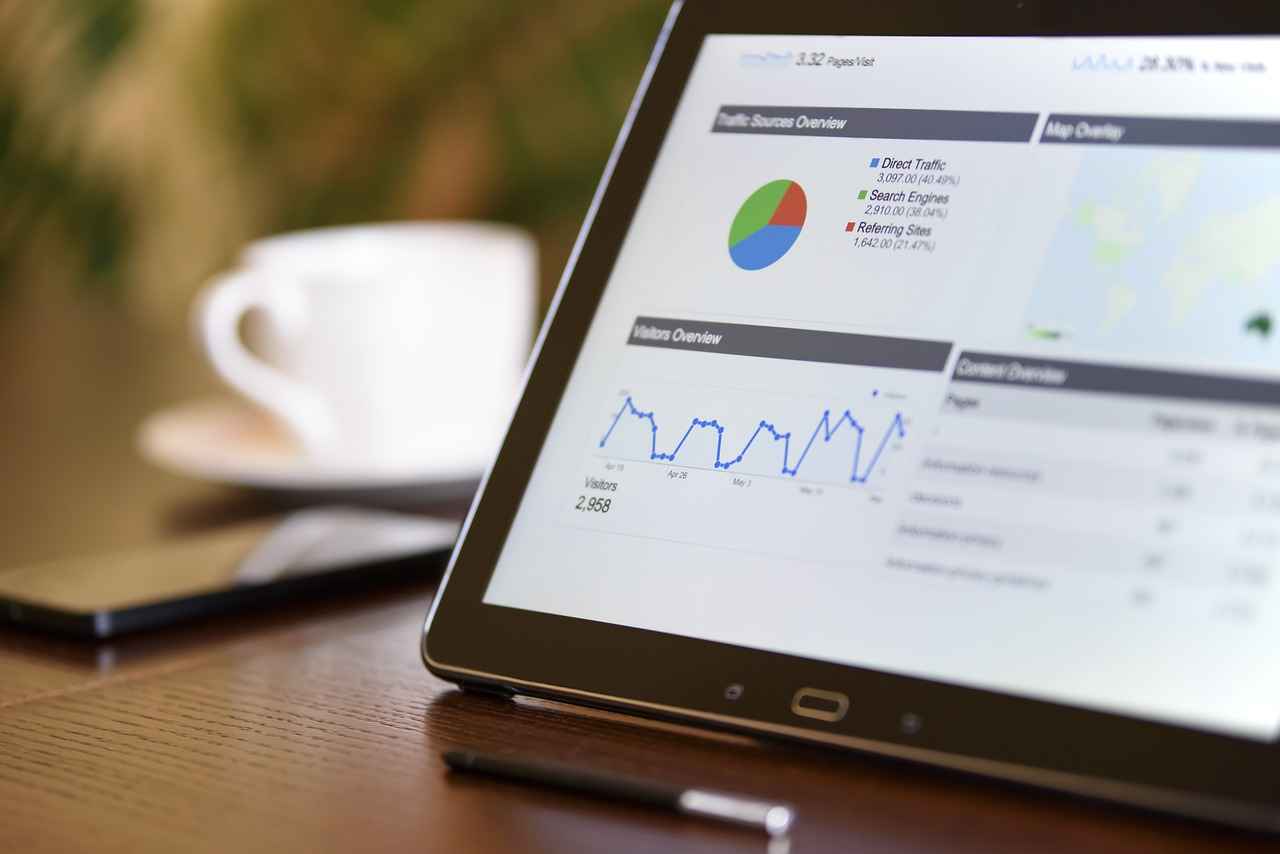Why do I need to measure what happens on my website?
In digital marketing, it’s said that almost everything can be measured with near 100% accuracy.
If you don’t measure, you don’t know how things are going; without measurement, you can’t say for sure if something is working well, poorly, or just okay. Measuring to improve is essential. This is where web analytics comes in, which is defined as the process of collecting, measuring, analyzing, and reporting data related to user behavior on a website.
Its main goal is to understand how visitors interact with your site and use that information to make informed decisions, improve user experience, online business outcomes, and make necessary SEO adjustments.
Your website tells you what’s happening if you implement a web analytics system.
“Digital analytics is the secret language of successful websites.” – Joe Megibow

Data Collection
To understand visitor behavior and optimize your website’s performance, using tracking tools like Google Analytics is essential. These tools allow you to gather detailed data on traffic, providing a comprehensive view of what’s happening on your page.
With Google Analytics, you can measure how users interact with your site: from buyer behavior to customer repeat rates and the number of visitors who leave the site without making a purchase. This data offers key insights to identify what works well on your site and what needs improvement.
By combining and analyzing this data, you can make informed decisions that enhance user experience and increase conversion rates. Understanding what motivates your users, which pages are most engaging, and what obstacles they face is crucial for optimizing your digital marketing strategy and maximizing your website’s success.
Measuring Key Metrics Impacting SEO and Website Performance
SEO Optimization Strategies
Web analytics helps you identify:
– Keywords: Use terms with “impact on SEO,” “web performance optimization,” and “metrics analysis in Google Analytics 4.”
– Internal Links: Add links to pages or articles about “new features in Google Analytics 4” or “best practices for reducing bounce rate.”
– Continuous Updates: Mention the importance of updating measurement strategies in line with new metrics available in tools like Google Analytics 4.
– CTA: Consider a call-to-action like “Learn how to set up Google Analytics 4 to optimize your website and maximize your results.”
This approach will help you clearly communicate the importance of these metrics while optimizing your content for search engines.
Website Optimization
Based on the insights gained from data analysis, website owners can implement key improvements to optimize their site, including SEO. This may involve adjustments to design, content quality, navigation structure, or marketing strategies, all aimed at enhancing user experience and performance in search engines.
Reports and Tracking
We generate periodic reports tailored to your needs to maintain ongoing monitoring of your website’s performance. These reports provide a clear view of how your site evolves over time, enabling you to make informed decisions and implement strategic adjustments as needed. This allows you to continuously optimize your site for better results and achieve your business goals.
Método de Análisis de datos
Aplicamos técnicas avanzadas de análisis de datos, como la estadística, para descubrir patrones, tendencias y oportunidades de mejora en tu sitio web. Este enfoque incluye identificar las páginas más populares, analizar los puntos en los que los visitantes abandonan el sitio, y comprender cómo interactúan con el contenido. Con estos insights, podemos optimizar tu sitio web para mejorar la experiencia del usuario y maximizar su rendimiento.
In Summary
Digital analytics, or web analytics, is crucial for online marketing and site management, providing valuable information to optimize site effectiveness and achieve your goals, whether commercial, informational, or otherwise.
In our SEO services, even if a comprehensive digital analytics service is not contracted, we perform detailed analysis of indicators that directly impact SEO. This enables us to improve your website’s performance and support the achievement of your strategic goals.
1507+
SEO Enthusiasts Subscribers
“If you can’t measure it, you can’t improve it.” – Peter Drucker
Websites created by us using SEO techniques

Internet Company
Dialnet de Colombia S.A.

Artist Website
Rosana Auqué

E-commerce
Cintoconcept (En construcción)
Basic SEO Indicators to Monitor with Digital Analytics
– Users: The number of unique visitors to your website during a specific period.
– Sessions: The total number of visits to the website over a given period, regardless of whether they are by the same user.
– Page Views: The total number of pages viewed by users during their visits to the website.
– Average Session Duration: The average time users spend on your website during each visit.
– Bounce Rate: The percentage of visits where users leave after viewing only one page without interacting with other sections of the site.
– Conversion Rate: The percentage of sessions in which users complete a desired action, such as making a purchase, subscribing to a newsletter, or filling out a form.
– Source/Medium: The origin and channel through which users arrive at your website, such as search engines, social media, email, or referral links.
– Keywords: The words or phrases users use to find your website or related content in search engines.
– Demographic Data: Information about users, such as gender, age, and location (city, country), which is essential for tailoring and targeting your marketing strategies more effectively.
Let’s Do Web Analytics for Your Site!
It’s time to elevate your website to the top search results on Google, Bing, and other search engines.
Main Office
Contrà Porta Santa Lucia, 132. Vicenza, Veneto, Italia
(+39) 3298753514
info@seoyseo.com

